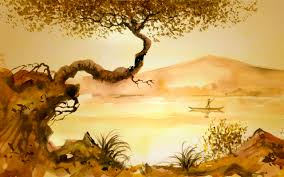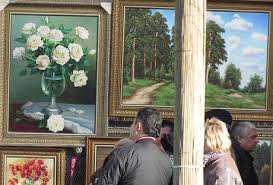masters
HISTORY OF THE DEVELOPMENT OF THE DUTCH AND FLEMAND STILL LIFE (part 1)
 In the 50s and 60s of the 16th century, the situation in the Netherlands became extremely tense. If in the first half of the century the burden of economic exploitation by Spain was balanced to a certain extent for the bourgeoisie with the benefits derived from the inclusion of the Netherlands in the world empire of the Habsburgs, which guaranteed the security of trade, in the second half of the 16th century the situation radically changed. The dependence of the Netherlands on feudal Catholic Spain became a brake on the further development of the country.
In the 50s and 60s of the 16th century, the situation in the Netherlands became extremely tense. If in the first half of the century the burden of economic exploitation by Spain was balanced to a certain extent for the bourgeoisie with the benefits derived from the inclusion of the Netherlands in the world empire of the Habsburgs, which guaranteed the security of trade, in the second half of the 16th century the situation radically changed. The dependence of the Netherlands on feudal Catholic Spain became a brake on the further development of the country.
Increased pressure on the Dutch provinces, the tax system, which undermines the foundations of trade – all this delayed the development of productive forces. The free development of the bourgeoisie has already become incompatible with the feudal system. Continue reading




